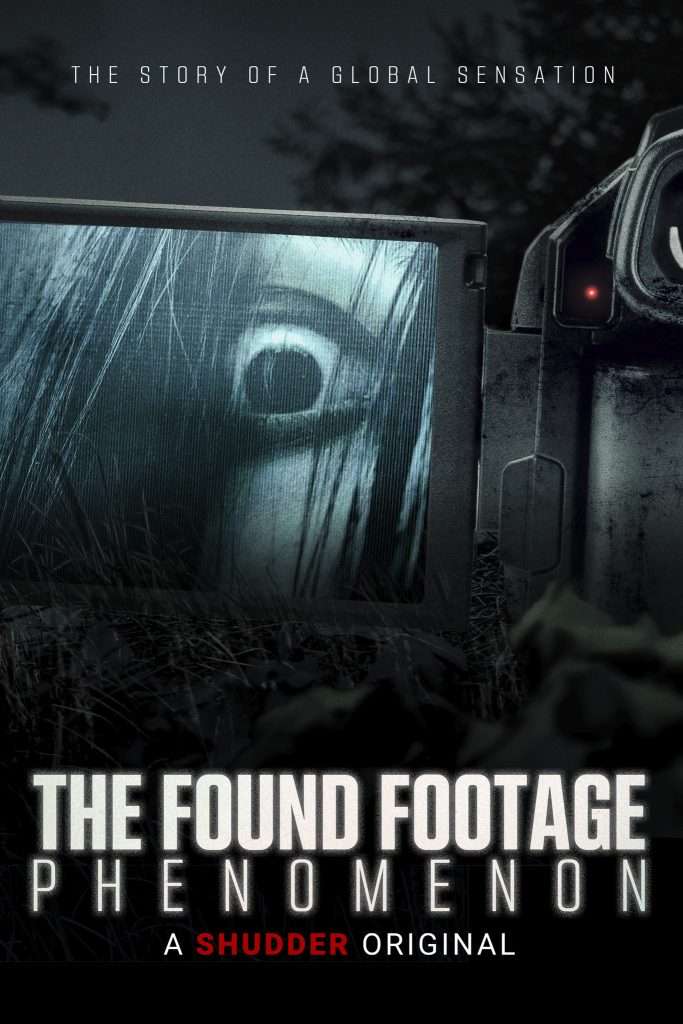This documentary looks at the cinema phenomenon and genre known as Found Footage. Many film buffs surely have seen films such as The Blair Witch Project (1999), Cloverfield (2008) and Paranormal Activity (2007), which were highly successful features when they arrived on the big screen. But what if I told you these kinds of found footage films weren’t the first to be made in this genre? Do you know which film was the first? Or an even better question, do you know how this phenomenon came to be in cinema?
When cinephiles hear the word found footage, many people instantly think of horror films, but found footage can be used in various genres and in many different ways. The documentary begins by taking a significant look back in time to various films that changed cinema forever by introducing new styles of filmmaking that felt real and raw to audiences across the entire world. We learn that directors would use moments of found-footage style filming to create a more impacting scene or perhaps heighten emotion in the viewer.

As a movie lover, I found this documentary insightful and slightly educational as the feature introduces many films I had been aware of or seen. This documentary also reveals how certain scenes in cinema were achieved. Throughout the documentary’s runtime, we enjoy various interviews with film professionals and writers who provide their expert opinions. Many filmmakers share some of their own experiences relating to the blockbuster films they have made. The various interviews that are shown are great, and for the most part, I found them fairly enjoyable, along with the footage from many films. It’s impressive to see how creative filmmakers had to be without digital effects, high-end computers, or the internet by their side.

For the majority of the runtime, this is a fun documentary, especially when the feature goes back in time and reveals some of the found footage films that changed cinema history forever and broke box office records. However, other moments are not so interesting. Hearing filmmakers express their frustration with how their films were handled by distributions or how their film was similar to another makes the documentary drag. Rather than celebrating the popular genre, it feels more negative. At times, the documentary also feels slightly repetitive, and when it comes to wrapping things up at the end, the feature struggles with its conclusion, ending unexpectedly. It feels as though this film would have served better if the final act had been trimmed by at least ten to fifteen minutes.

Overall, movie lovers, cinephiles and upcoming filmmakers will find this documentary quite entertaining and fascinating and enjoy the deep look into the popular genre of found footage. This film is insightful, but it’s also somewhat educational, and I loved hearing about how the genre was created before big blockbusters ever landed on our screens. The interviews with various film directors, writers and other professionals are great to witness. The documentary is fairly positive, with only a few minor disappointments, such as topics that feel uninteresting or repetitive. The conclusion also feels slow and ends somewhat abruptly. Either way, anyone and everyone who enjoys films will take away a positive experience from this documentary.
6.4/10
16th May 2022
Written by Peter Walkden



WALKDEN ENTERTAINMENT
PODCASTS ARE AVAILABLE!




0 Comments